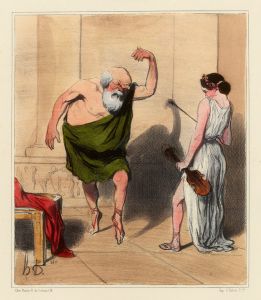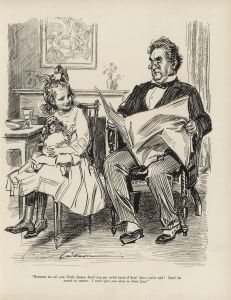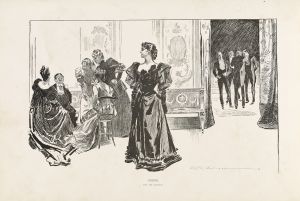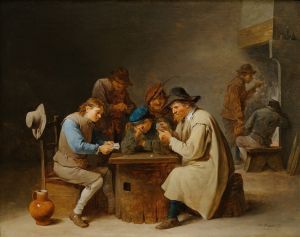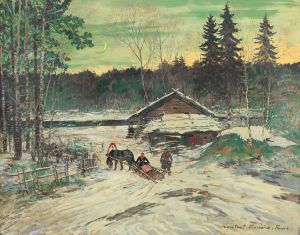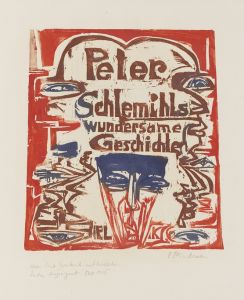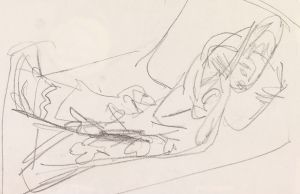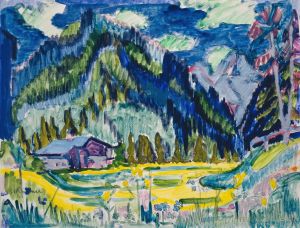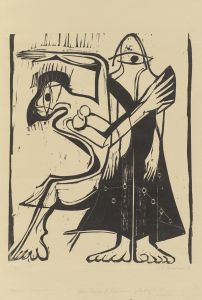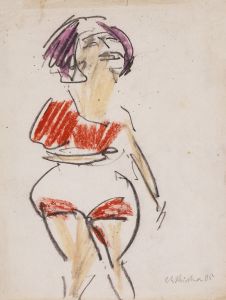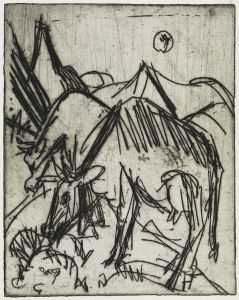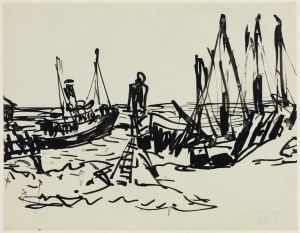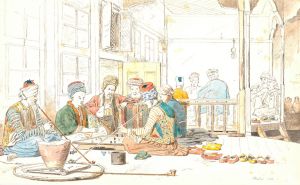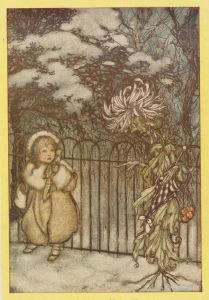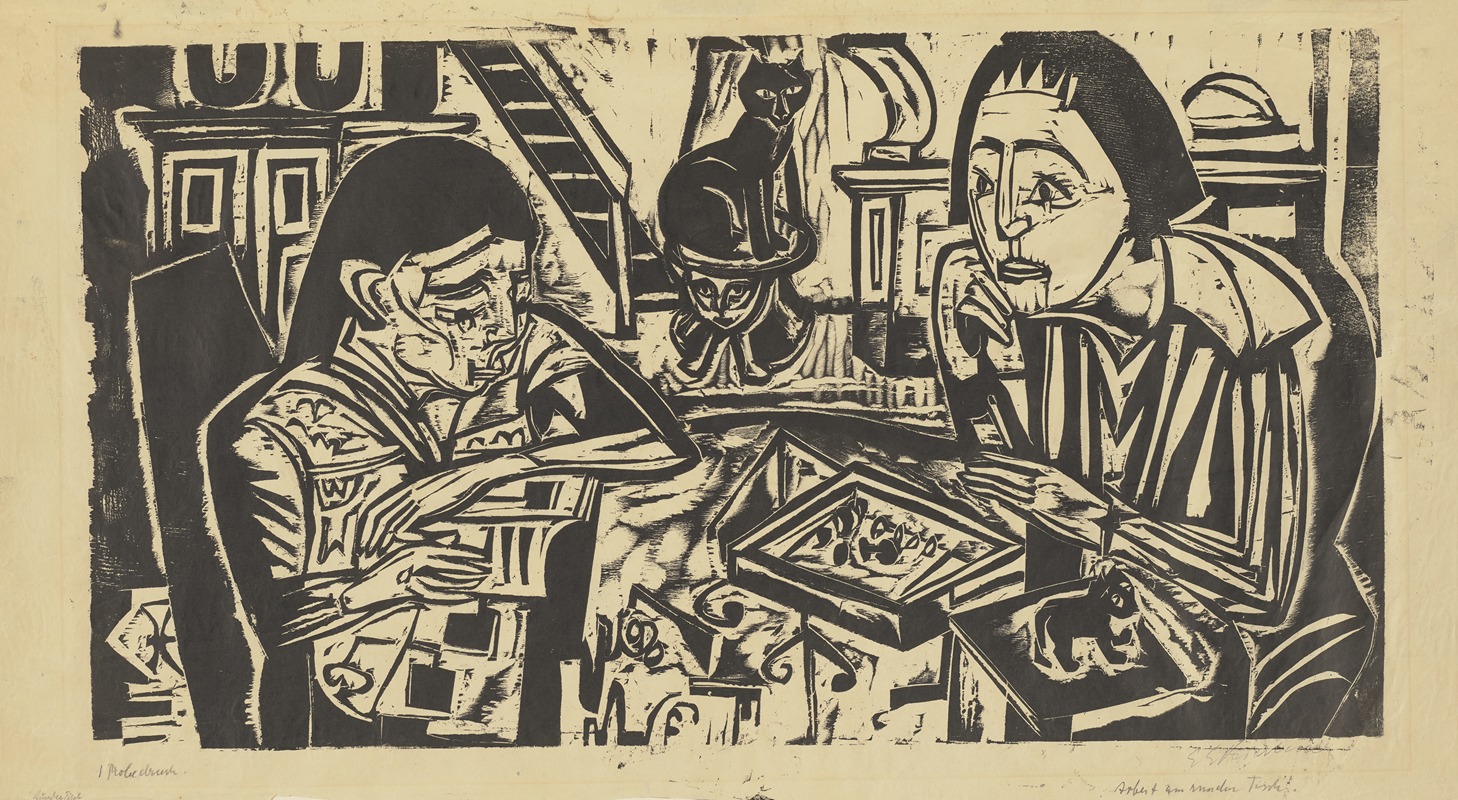
Arbeit am runden Tisch
A hand-painted replica of Ernst Ludwig Kirchner’s masterpiece Arbeit am runden Tisch, meticulously crafted by professional artists to capture the true essence of the original. Each piece is created with museum-quality canvas and rare mineral pigments, carefully painted by experienced artists with delicate brushstrokes and rich, layered colors to perfectly recreate the texture of the original artwork. Unlike machine-printed reproductions, this hand-painted version brings the painting to life, infused with the artist’s emotions and skill in every stroke. Whether for personal collection or home decoration, it instantly elevates the artistic atmosphere of any space.
Ernst Ludwig Kirchner was a prominent German expressionist painter and one of the founding members of the artist group Die Brücke (The Bridge), which played a pivotal role in the development of modern art in the early 20th century. Kirchner's work is characterized by its bold use of color, dynamic compositions, and emotive subject matter, often reflecting the anxieties and tensions of the modern world.
"Arbeit am runden Tisch" (translated as "Work at the Round Table") is one of Kirchner's notable works, although specific details about this particular painting are not extensively documented in public art historical records. Kirchner's oeuvre often explored themes of urban life, human interaction, and the psychological undercurrents of modern society, and it is likely that "Arbeit am runden Tisch" fits within these thematic concerns.
Kirchner's style was heavily influenced by the expressionist movement, which sought to convey emotional experience rather than physical reality. His work often features distorted forms, vivid colors, and a sense of movement, all of which contribute to the emotional intensity of his paintings. Kirchner was deeply influenced by the works of Edvard Munch and the Fauvist movement, and he sought to break away from traditional artistic conventions to express the inner turmoil and existential angst of the modern age.
Throughout his career, Kirchner was deeply affected by the socio-political changes occurring in Germany and Europe. The rise of industrialization, the chaos of World War I, and the subsequent societal shifts had a profound impact on his work. Kirchner himself volunteered for military service during World War I but was discharged due to health issues, which further influenced his artistic output and led to a period of personal crisis.
Kirchner's work was later condemned by the Nazi regime, which labeled it as "degenerate art." Many of his paintings were confiscated, and he faced significant personal and professional challenges during this time. Despite these difficulties, Kirchner continued to paint and develop his unique style until his death in 1938.
While specific information about "Arbeit am runden Tisch" is limited, Kirchner's broader body of work remains influential in the history of modern art. His paintings are celebrated for their innovative approach to form and color, as well as their ability to capture the complexities of human emotion and the rapidly changing world of the early 20th century. Kirchner's legacy is preserved in numerous museums and collections worldwide, where his work continues to be studied and appreciated for its contribution to the expressionist movement and its enduring impact on the art world.





